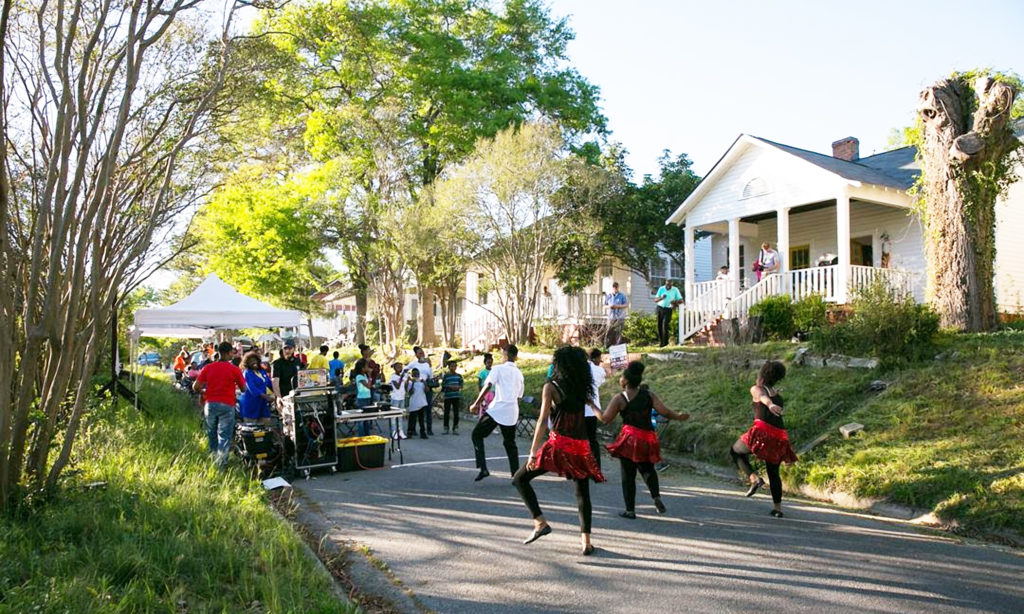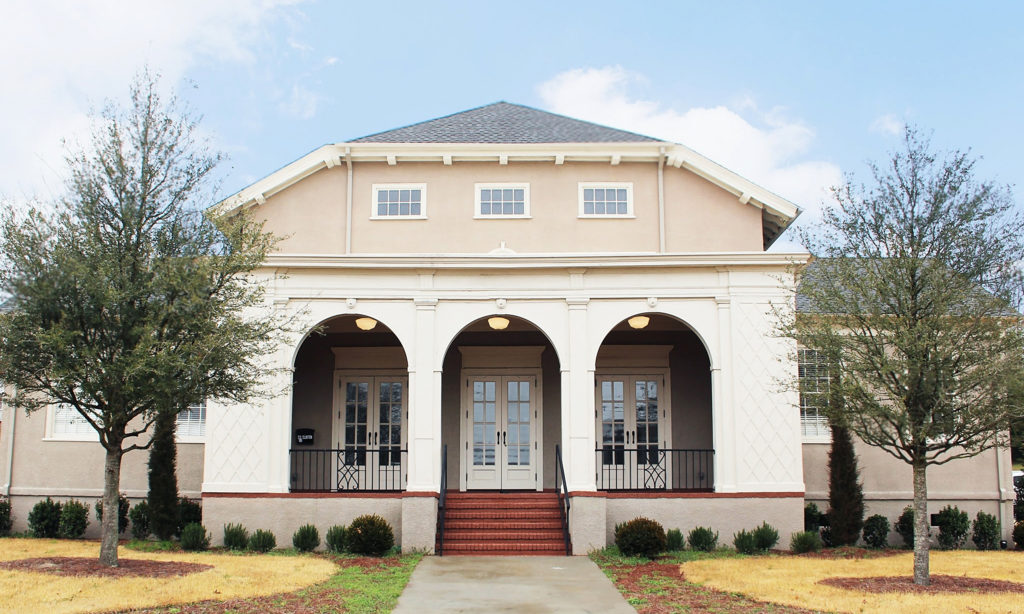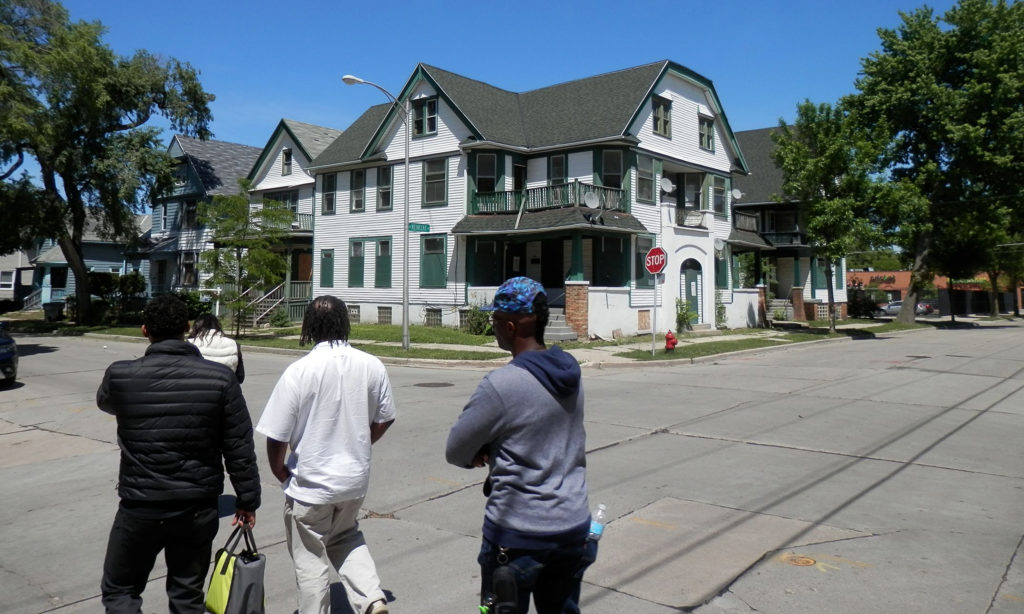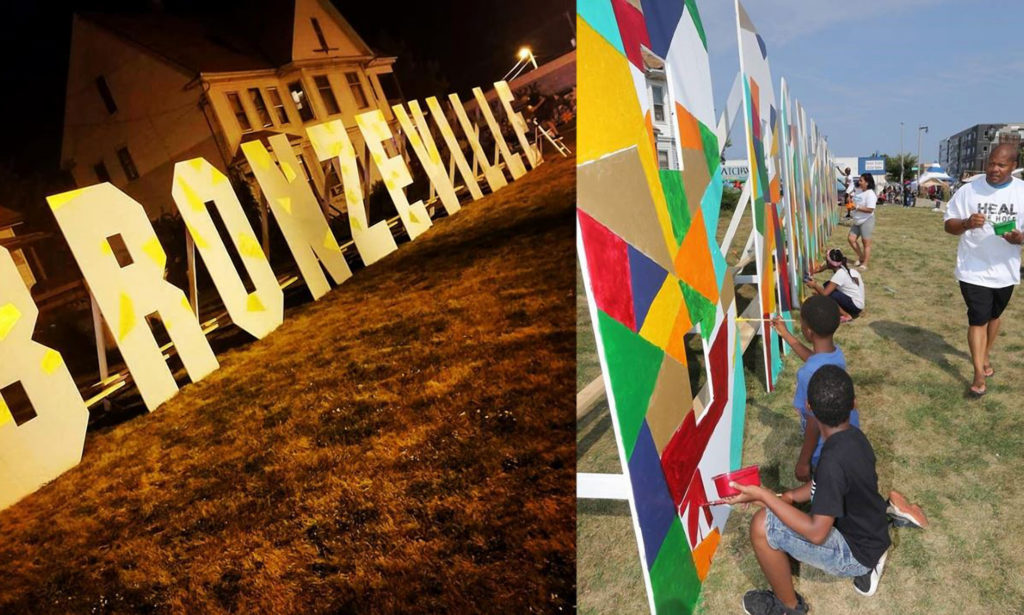Topic(s): Creative Placemaking
Five Creative Placemaking Projects Reimagining Live-Work Spaces
October 23, 2025
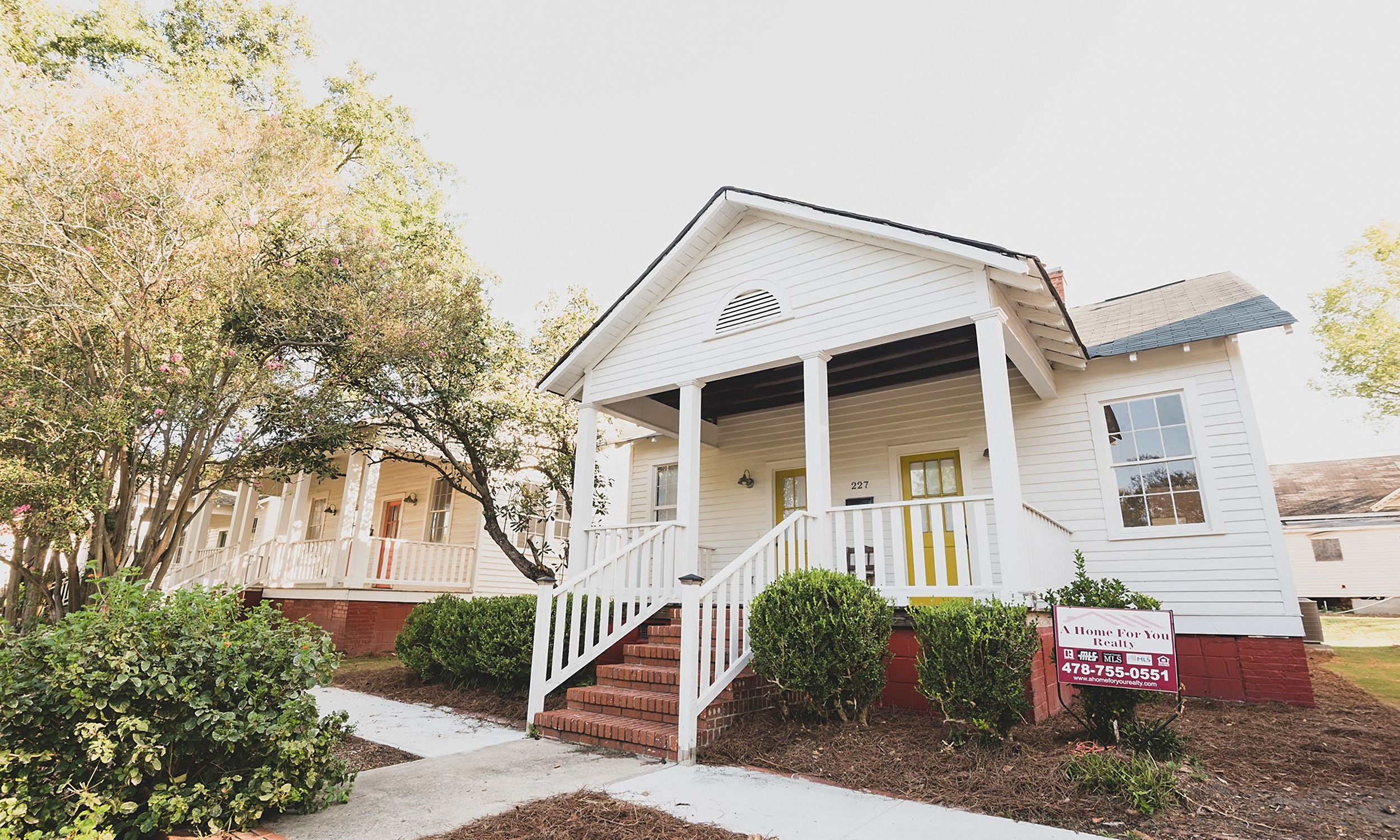
Creative placemaking is the practice of enhancing a neighborhood’s quality of life through arts, culture, and intentional community development. It takes many forms, including visual art installations and performance events, and can also be a way to address vacant properties. A growing number of creative placemaking efforts transform vacant, abandoned, and deteriorated buildings and lots into live-work units (LWUs)—spaces where people can live and run a business or studio under the same roof.
What is a Live-Work Unit?
A live-work unit combines residential and non-residential uses under one roof. Some municipalities divide live-work units into different categories depending on whether the residential or non-residential activity takes precedence. The exact requirements for live-work units vary, depending on local planning and zoning regulations, but typically the person running the business is also the resident.
Here are five examples of live-work unit projects that are transforming their neighborhoods through creative placemaking.
Lower Town Artist Relocation Program (Paducah, Kentucky)
Lower Town is one of Paducah’s oldest residential neighborhoods. After decades of disinvestment, it was in severe economic decline; nearly a quarter of its structures were vacant, abandoned, or deteriorated. In 2000, the city launched the Artist Relocation Program to encourage artists to move into the area and foster economic development and neighborhood revitalization.
The city offered vacant properties to be used for live-work spaces to artists for as little as one dollar, with additional financial incentives to renovate and resources to promote artists’ businesses. Since then, over 75 artists have moved to Lower Town, rehabbed structures, and made themselves a part of a thriving creative community.
Project Row Houses (Houston, Texas)
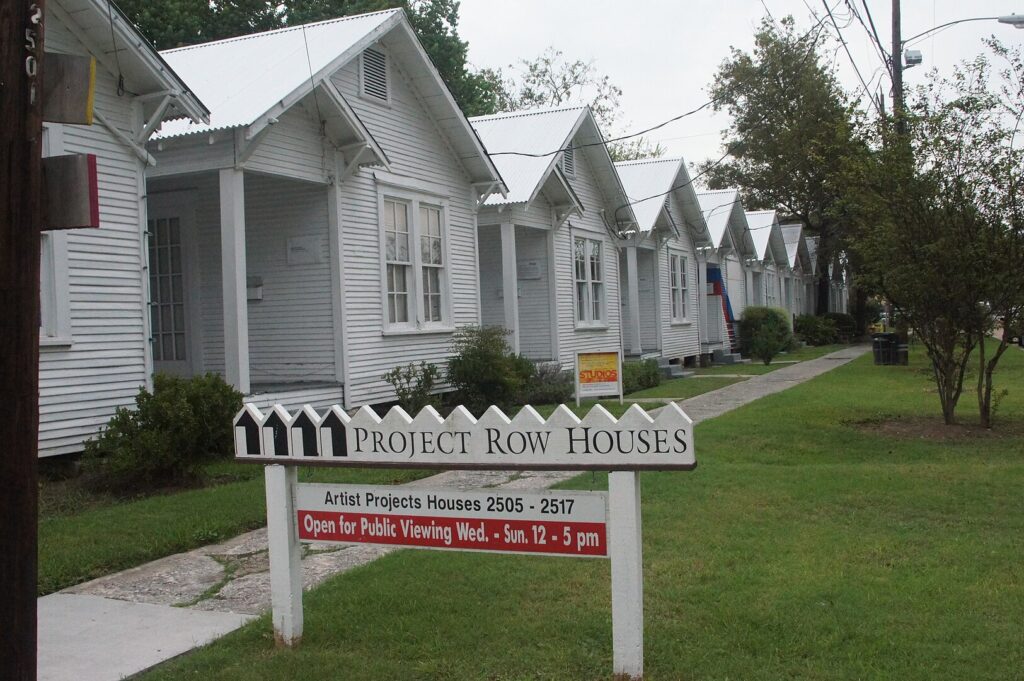
In 1993, seven local Black artists—James Bettison, Bert Long, Jr., Jesse Lott, Rick Lowe, Floyd Newsum, Bert Samples, and George Smith—transformed a block and a half of deteriorated rowhomes in Houston’s Historic Third Ward into Project Row Houses (PRH). Today, PRH has grown to a collection of 39 mixed-use structures spanning five city blocks. Inspired by the concept of “social sculpture” (the potential of art to transform communities), the project focuses on creating sustainable opportunities in three major areas: art programs (such as studios and a community gallery), community enrichment (career development resources and a support program for young single mothers), and neighborhood development (cultural preservation and affordable housing). The Third Ward was designated a Cultural District by the Texas Commission on the Arts in 2020.
Mill Hill: East Macon Arts Village (Macon, Georgia)
Mill Hill is a small neighborhood in Macon with a rich musical history, once known as the “Birthplace of Macon.” Textile manufacturers historically employed large populations in Macon until the 1960s—but when the industry left, so did the workers. With many vacant properties and isolated from other neighborhoods due to poor urban planning, the community fell into decline.
In 2015, a collaboration formed between Macon Arts Alliance, the Macon-Bibb County Urban Development Authority, and community stakeholders to develop an artist village in the historic neighborhood.
The first phase of the Mill Hill: East Macon Arts Village process was restoration of the 1920s Bibb Mill No. 1 Auditorium into a community arts center, completed in 2018. Now known as the Mill Hill Community Arts Center, the auditorium is a space for artists to practice, perform, and display their work. It’s also a hub for creative development in the community, offering art classes and workshops.
Next, 14 historic cottages next to the arts center were rehabbed as live-work units for artists, creating an artist village to revitalize the neighborhood. Seven homes were completely renovated by 2019 and proceeds from their sales were used to continue work on the remaining properties. The proximity of the historic cottages to the arts center allowed local artists to work where they live.
HomeWorks: Bronzeville (Milwaukee, Wisconsin)
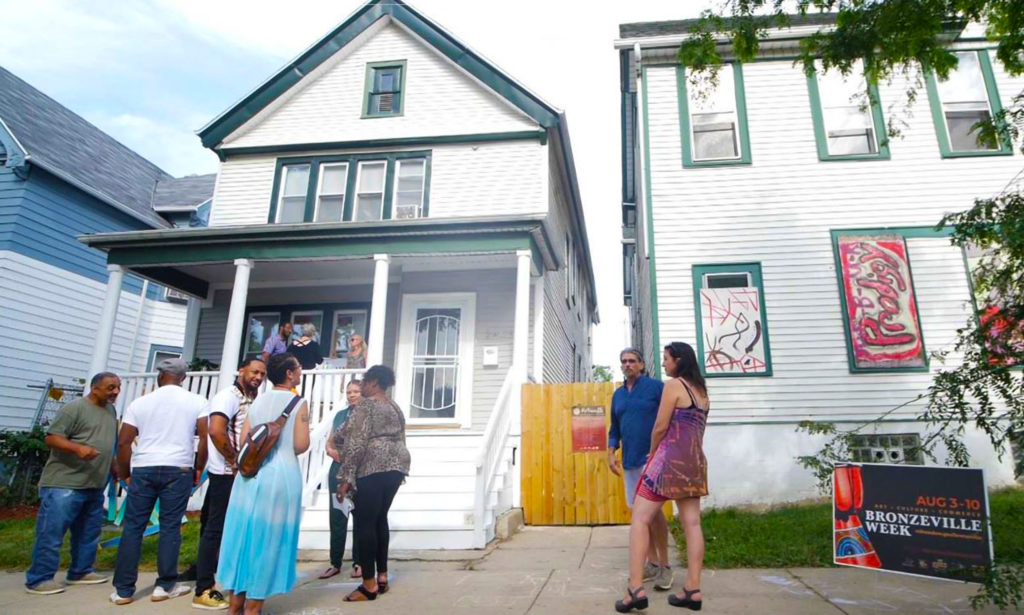
Founded in 2016, Homeworks: Bronzeville is a cultural development project in Milwaukee’s Bronzeville Cultural and Entertainment District. It focuses on rehabilitating City-foreclosed properties into live-work units for local artists with strong ties to the community surrounding America’s Black Holocaust Museum on North Avenue and the blocks that surround it.
The project established a forgivable loan fund in 2017, providing no-interest loans for the redevelopment of properties into art studios, live-work units, and community resource centers. To qualify, applicants must demonstrate they are committed to arts-based community engagement and are interested in living in the house for five years.
The project kicked off with its Neighborhood Liaison Vedale Hill purchasing a lot and receiving a no-interest $25,000 loan from Milwaukee’s Art and Resource Community Hub (ARCH) loan program. Hill rehabbed the property into a 4-bedroom, 2-bathroom dual level live-work unit; the lower-level public space includes a gallery. After 21 months of leasing the home, Hill gained ownership of the property. After five years of living there and engaging with the community through arts, the loan will be forgiven.
Phase I of the project began in 2022 with another single-family unit with ground floor public space, and Phase II began in 2023 with a creative hub featuring two lower-floor public spaces and two upper-level 1-bedroom, 1-bathroom live-work units. Homeworks: Bronzeville ultimately hopes to purchase 10 to 15 lots and support over a dozen artists and their families.
City Arts (Baltimore, Maryland)
In the early 2000s, Baltimore’s Greenmount West neighborhood—part of Baltimore’s Station North Arts and Entertainment District—was more than half vacant and lacked safe, affordable housing for artists.
After interviewing hundreds of artists in the area about housing needs, local nonprofit Jubilee Baltimore launched City Arts in 2007.
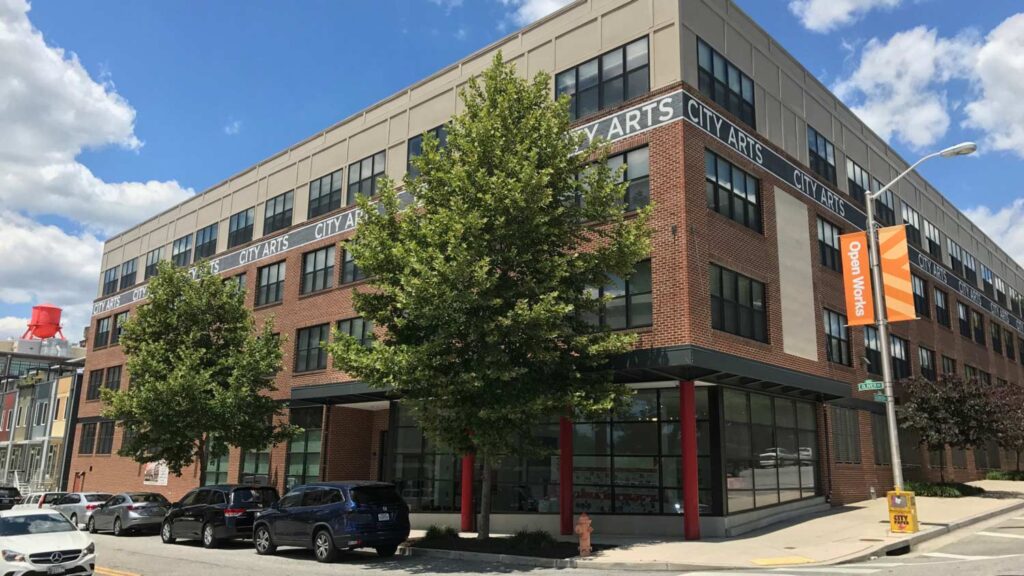
City Arts is an artist housing development on formerly vacant infill lots, providing 69 units of affordable live-work units and a ground-level gallery for art displays. City Arts’ success led to new investment in nearby properties, like the Baltimore Design School, and a second and third phase of development. Phase Two and Three added an additional 60 units in the City Arts II building, the City Arts Historic Townhomes (nine energy-efficient, two-bedroom rentals) and seven additional townhomes for sale. Together, these revitalized properties created the City Arts residential development area.
Conclusion
These projects show how creative placemaking and live-work units can revitalize vacant properties into thriving spaces for artists, small businesses, and community life. By combining housing, work, and cultural activity, artist live-work spaces are helping cities reimagine neighborhoods and drive creative, community-centered change.
Want to learn more about creative placemaking? Check out our resource center, view our project database, and learn more about how local governments can support creative placemaking efforts on vacant properties.
Subscribe to join 14,000 community development leaders getting the latest resources from top experts on vacant property revitalization.
